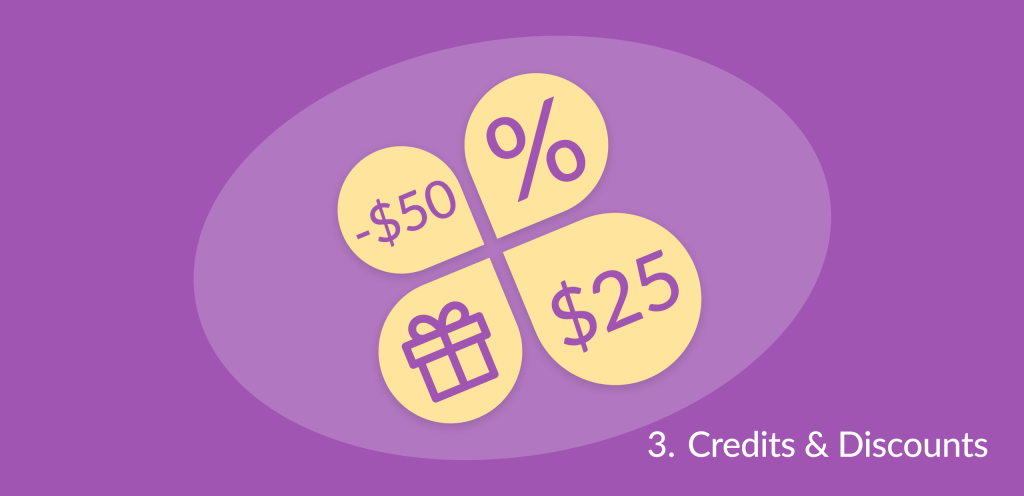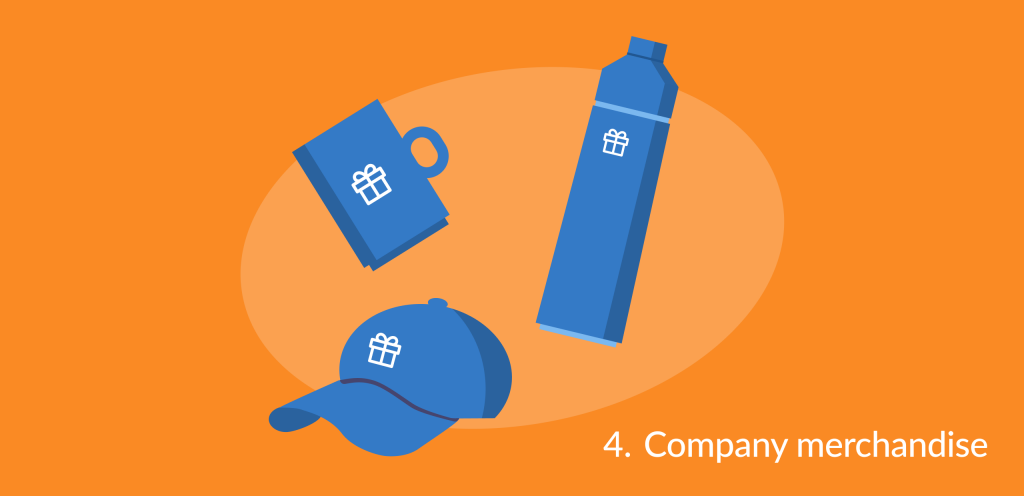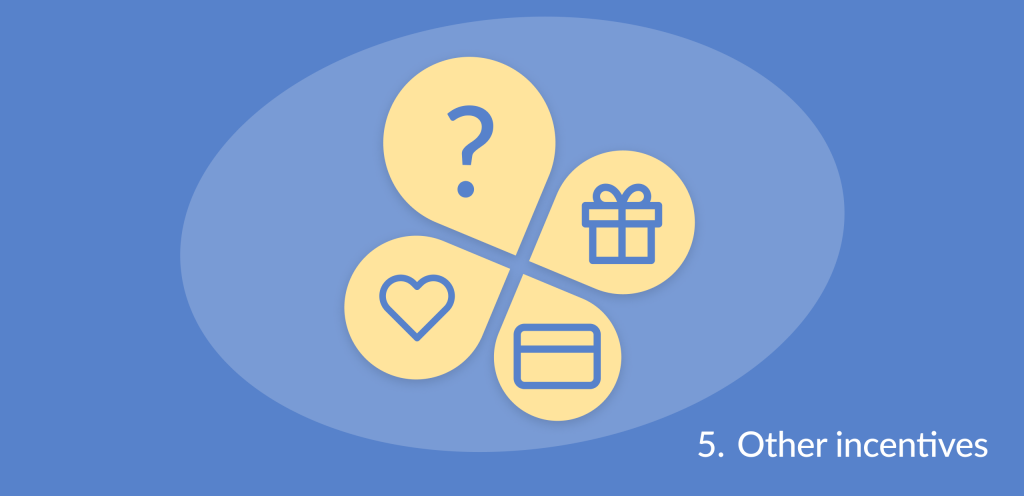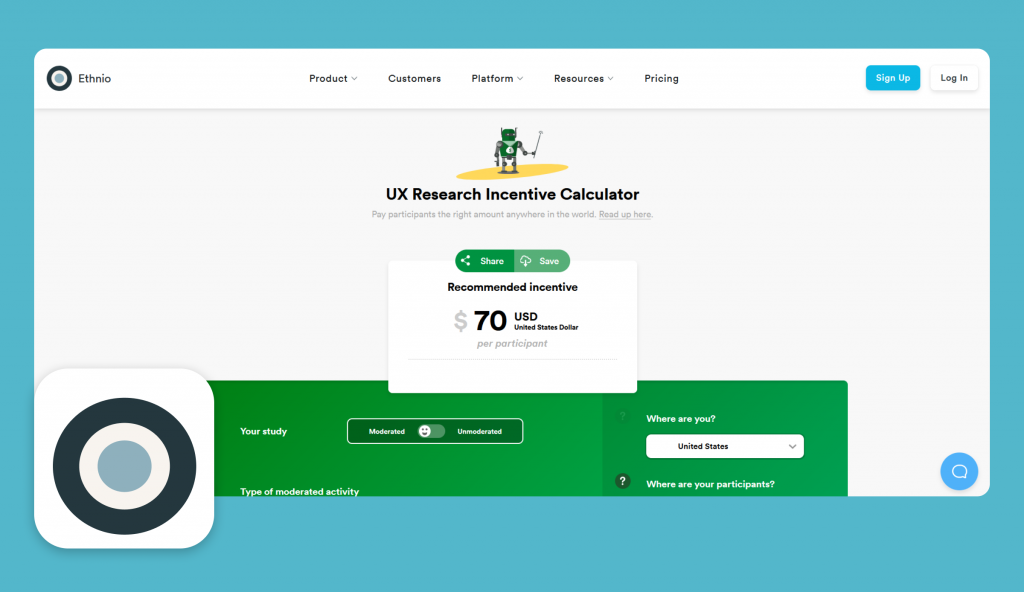
In the context of UX research, incentives are rewards or compensation offered to participants in user research studies in exchange for their time, knowledge, and efforts. They can be anything from cash and gift cards to company merchandise or charitable donations.
User research incentives are essential in conducting your user research for several reasons:
User research incentives are important because they can help you:
While user research incentives can have many benefits, there are also some potential downsides to be aware of:
There are a few things you can do to mitigate the downsides of user research incentives.
Firstly, choose the right incentive. Consider your target audience and what kind of incentive would be most appealing to them. You want to choose an incentive that will attract engaged and motivated participants but not one that will bias your feedback.
Be transparent about the incentive. Let participants know upfront what they will receive for their participation, and you will avoid surprises or misunderstandings.
Use incentives in conjunction with other recruitment methods. Don’t rely solely on high incentives to attract participants. Use different channels for recruiting participants, such as social media outreach or email marketing, to reach a broader pool of potential participants. To learn more about that, check out our article: “Recruiting Participants for User Research Study.”
Screen participants carefully. Ask participants about their skills, habits, and motivations for participating in the study. Screener surveys can help you identify any potential biases and exclude participants who are unqualified for your study.
If you want to learn more about creating screener surveys, check out this article.
As a researcher, you should be aware of the ethical implications of offering incentives for user research.
Cash incentives may impact the benefit claims of some individuals. Some participants may be unable to receive incentives due to their employment status or tax situation.
For example, students may not be able to accept cash payments, and contractors may be unable to accept gift cards that could be considered taxable income.
Moreover, people with low income may agree to participate in research they are not comfortable with or interested in, simply because of their need for additional source of income. Their answers may be focused on completing surveys or interviews as fast as possible rather than giving accurate feedback and, therefore, not providing valuable insights.
Depending on the target audience of your research, it is something researchers must consider.
Consider these examples for implementing those tips:
Before you can create an incentive plan, you need to have a clear understanding of who you are recruiting for your user research study. It includes:
Once you have a good understanding of your target participants, you can start to develop an effective incentive plan.
Here are some tips for choosing the right incentives for your research participants:
Once you have a good understanding of who you are recruiting and what their motivations are, you can start to choose the right type of incentive for your user research study.
Here is a brief overview of some of the most common types of incentives used in UX research:

Cash is a popular and the most straightforward incentive for UX research. Participants can use the cash however they see fit, and it is not subject to restrictions like expiration date. However, cash payments can be taxed depending on the participant’s employment status and tax situation, so you should consider that before selecting it as an incentive method.

Gift cards are another popular incentive for UX research. They often have the cash value attributed to them, but they can only be used at a specific store or restaurant. It is a good option if you want to target your incentives to a particular demographic group, like customers of a specific shop.
For example, if you’re offering a gift card to a specific store, you may only attract participants interested in shopping at that store. In the case where you are currently conducting research for which your target audience and the target audience of the gift cards’ store overlap – great. But if you are looking for data from a more general population, then this incentive may taint your data.

If you are a company with your own product or service, you could offer participants credits or discounts for that service as an incentive. An additional benefit of this incentive type is that it encourages participants to try your product or service after completing the study. However, this type of incentive may bias your feedback, as participants may be more likely to give positive feedback to receive the credit or discount.

Merchendise, such as company-branded t-shirts, hats, and mugs, can also be a good incentive for UX research. Company merchendise is a tangible way to show participants you appreciate their time and feedback. However, choose products that are high-quality and that your target participants will want to use.

In addition to the traditional incentives listed above, there are many other ways to incentivize participation in UX research.
For example, you could offer to make a charitable donation to the participant’s favorite charity, or you could offer them exclusive perks, such as early access to new products or features.
You could even offer lottery tickets as an incentive, but be sure to check your local laws and regulations to make sure that this is legal.
When choosing an incentive type, consider the following factors:
There is no one-size-fits-all answer to “how much to offer participants” in a user research study. No fixed number will fit every type of research. The amount of the incentive will depend on a number of factors, including the type of study, its length, the kind of target audience, and the study budget.
The incentive should be high enough to motivate people to participate but not so high that it would exceed the available funds.
There are online calculators for user research incentive amounts, for example, the UX Research Incentive Calculator by Ethnio or User Interviews The UX Research Incentive Calculator. Use them, but as mentioned before, always consider your budget, where the study will take place, and where your participants will be.

Here are some general guidelines for calculating incentive amounts for different types of user research studies:
For moderated studies with general consumers, which typically last for 30-60 minutes, a recommended incentive is between $50-$125.
For example, a usability study that takes approximately 45 minutes incentive should be around $75.
Industry professionals often have tight schedules and higher incomes. To encourage their participation, you will often need to offer them a higher honorarium. Depending on the level of their expertise and the study duration (which typically lasts for 60-90 minutes), the recommended incentive will vary between $100 to even $500.
During unmoderated studies, participants will complete the assigned task themselves. They will record themselves as they do it, and participants can do it whenever they want. The unmoderated study will take as long as it will take them to complete the tasks, usually between 5 to 15 minutes.
For these studies, it is recommended to offer participants an incentive of $5-$10.
It is essential to be consistent in your incentive amounts across your studies. Each participant should receive the same payment for the same type of study.
There are two reasons for that.
First, it should make the study data more reliable – unequal incentives mean each participant has a different motivation to complete the study.
Second, it ensures that each participant is fairly compensated for their input. It is crucial, especially in building good relations with participants, which may be essential to your future studies.
Once you have calculated the incentive amount for your study, clearly communicate this amount to participants in your recruitment materials. This will help to avoid any surprises or misunderstandings.
Generally speaking, you should distribute incentives as soon as the study session ends; however, for some studies, some researchers suggest that incentives should be paid even before the session.
For longer projects, incentives can be broken up and paid at different times throughout the study. If you offer a significant incentive or the study is complex and requires multiple rounds of participation, it should keep participants motivated throughout the study. For example, you could pay participants half of the incentive upfront and the other half after they have completed all of the study tasks.
Always clearly communicate to participants how and when they will receive their incentive. This information should be included in the study recruitment materials and any communication – in person or via email – that you have with participants during the study.
You should also treat participants with respect and be kind to them. Thank them for their time and effort, and let them know that their feedback is valuable to you.
These tips should ensure that research participants are adequately compensated for their time and effort.
With these tips, you can create an incentive plan to help you recruit the best participants for your user research study and collect valuable feedback.
Paying incentives by the UK Department for Education
Guidelines for Paying UX Research Participants by Kathryn Brookshier